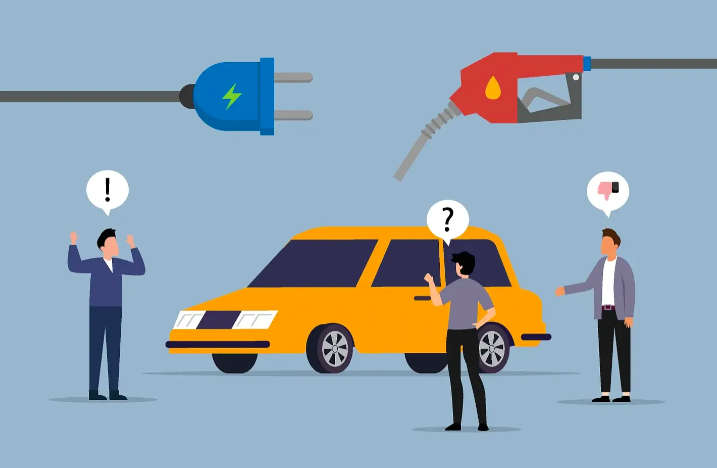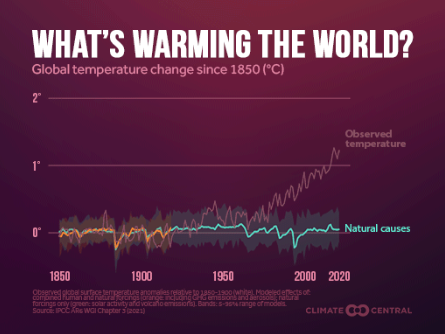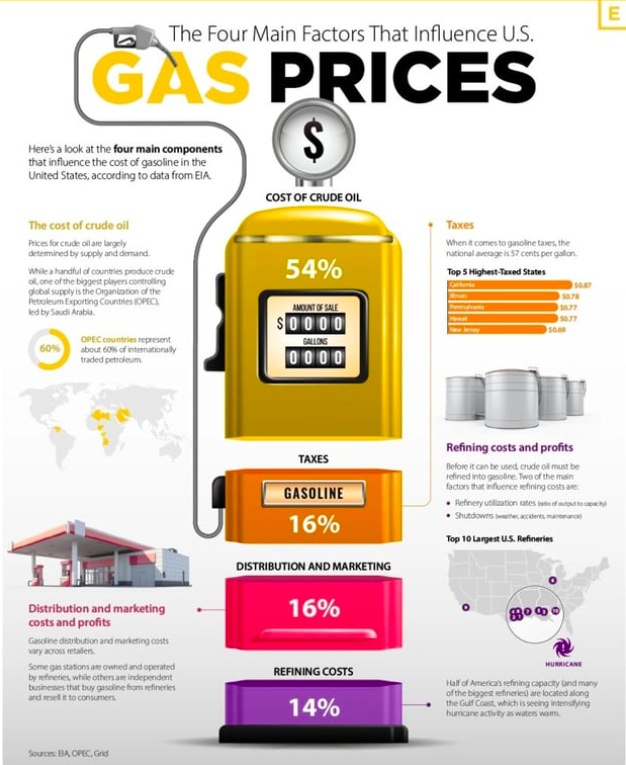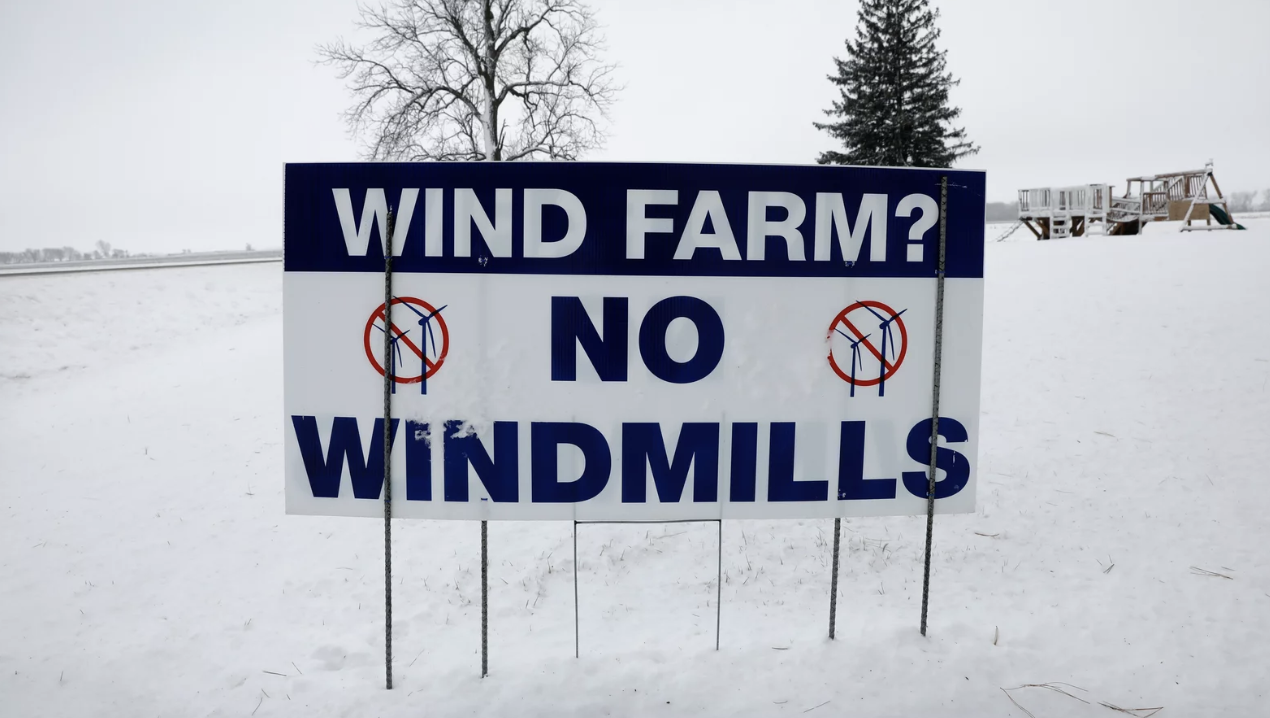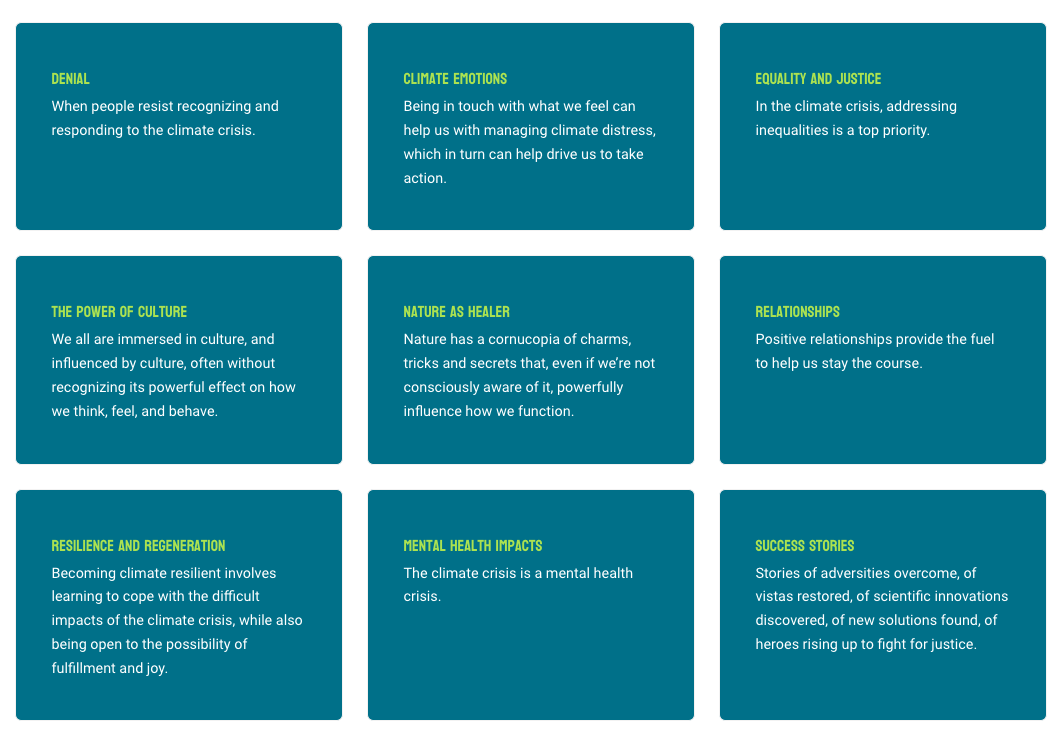Resources
Search below for resources covering the intersection of climate engagement, social science and data analytics.
RESULTS
CLIMATE REALITY ON-SCREEN: THE CLIMATE CRISIS IN POPULAR FILMS, 2013-22
In July 2023, as the world experienced its hottest day, week, month, and year in recorded history, UN Secretary-General António Guterres declared that “the era of global warming has ended” and “the era of global boiling has arrived.”1 The world is not acting quickly enough to respond to the pace of climate change. As NASA climate scientist Peter Kalmus observed, “we are losing Earth on our watch.” We are living through a crisis that touches every aspect of our lives, and therefore has a place in every contemporary story. Today, films set in the present or near future that do not include climate change can be considered what they are: fantasy. But there are too few studies examining whether popular films reflect our climate reality. This gap in knowledge prevents us from understanding climate visibility and represen- tation in popular entertainment, as well as the related challenges and opportunities. The Climate Reality Check, a Bechdel–Wallace Test for a World on Fire, pro- vides audience members, screenwriters, filmmakers, studios, and researchers with a straightforward way to evaluate whether climate change is represented—or omitted—in any narrative.3 This two-part, binary evaluation tool is simple, illuminat- ing, and powerful.
Pathways to Power Workshop
How are you measuring your organization’s efforts and advances towards meaningful long-term change? Would you like to begin the process of identifying a unique set of metrics that best suit your organizational goals and power-building strategies?
Environmental Polling Roundup - March 29th, 2024
This post includes climate and environment headlines, data points, and key takeaways from recent public polls - including new polling and research on the EPA's vehicle emissions rules, utilities, and people’s emotional responses to climate change.
HEADLINES
A guide to electric car misinformation (part 1)
The closer we get to the 2024 presidential election, the more sketchy information out there about electric cars. GOP polling has shown that attacking electric vehicle (EV) policy has been “amazing” for Republicans. Even the New York Times op-ed section has been fooled by EV arguments. In a recent column, Ross Douthat complained that Biden’s new EPA regulations tell American consumers: “If you like your [gas-powered] car, I don’t want you to keep it.” This is, at best, highly misleading.
Climate Reporting Resources
A roundup of science-based reporting resources can help bring climate change context into a range of stories. Most adults in the U.S. (72%) are convinced that global warming is happening, yet only 58% understand that human activities are the main cause. Local news is uniquely positioned to fill these knowledge gaps and inform the public on the causes and consequences of climate change — especially during extreme weather events. A new report from Nielsen and Climate Central analyzed four recent extreme weather events in the U.S.
Messy Conversations: How to Talk to Kids about Climate Change, with Mary Annaïse Heglar
How should we talk to kids about climate change? The world is beautiful, but the world is changing—and you can play a part in the change. Mary Annaïse Heglar's first book is out today, and it's a children's book about climate change. It's the first of three climate books Mary has coming out in the near future (the other two are a novel, called Troubled Waters, and an essay collection of Black writers on climate). She has been busy writing up a storm since we wrapped up Hot Take (and we've roped her into editing stories for Drilled, too).
Here are the terms and narratives the fossil fuel industry is using to obstruct climate action. The fossil fuel industry haven’t really come up with new spin in about a century, just slightly updated versions of the same old stories on repeat, including: “Climate Policy Makes Gas Prices Higher,” “The LNG Boom Delivers Energy Security and Pricing Stability,” “Fossil Fuel Development Will Solve Poverty in the Global South (particularly Africa),” “Wind Turbines Kill Birds,” “Offshore Wind Kill Whales and Other Marine Species.” Misleading terms are also described.
Notable research of 2023
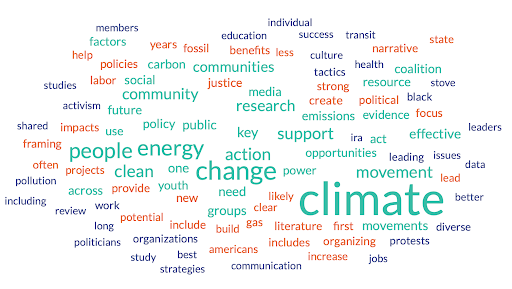
Inflation Reduction Act
On Climate Disinformation
Freezing temperatures and skyrocketing energy costs are knocking on our doors again in Texas, and conversations about reliable renewable energy projects are once again emerging. This has us thinking quite a bit this week about what stands in the way of siting and building renewable projects that are now well funded, thanks to the Inflation Reduction Act. Inevitably we return to the conversation about the role of misinformation.
This resource is a trusted source for current research and thinking on how psychological factors drive the climate crisis, how the worsening crisis affects us psychologically, and what we can do about it. You can browse Ecopsychepedia entries by one of our nine themes: Denial, Climate Emotions, Equality and Justice, the Power of Culture, Nature as Healer, Relationships, Resilience and Regeneration, Mental Health Impacts, and Success Stories.
Pagination
- Page 1
- Next page
